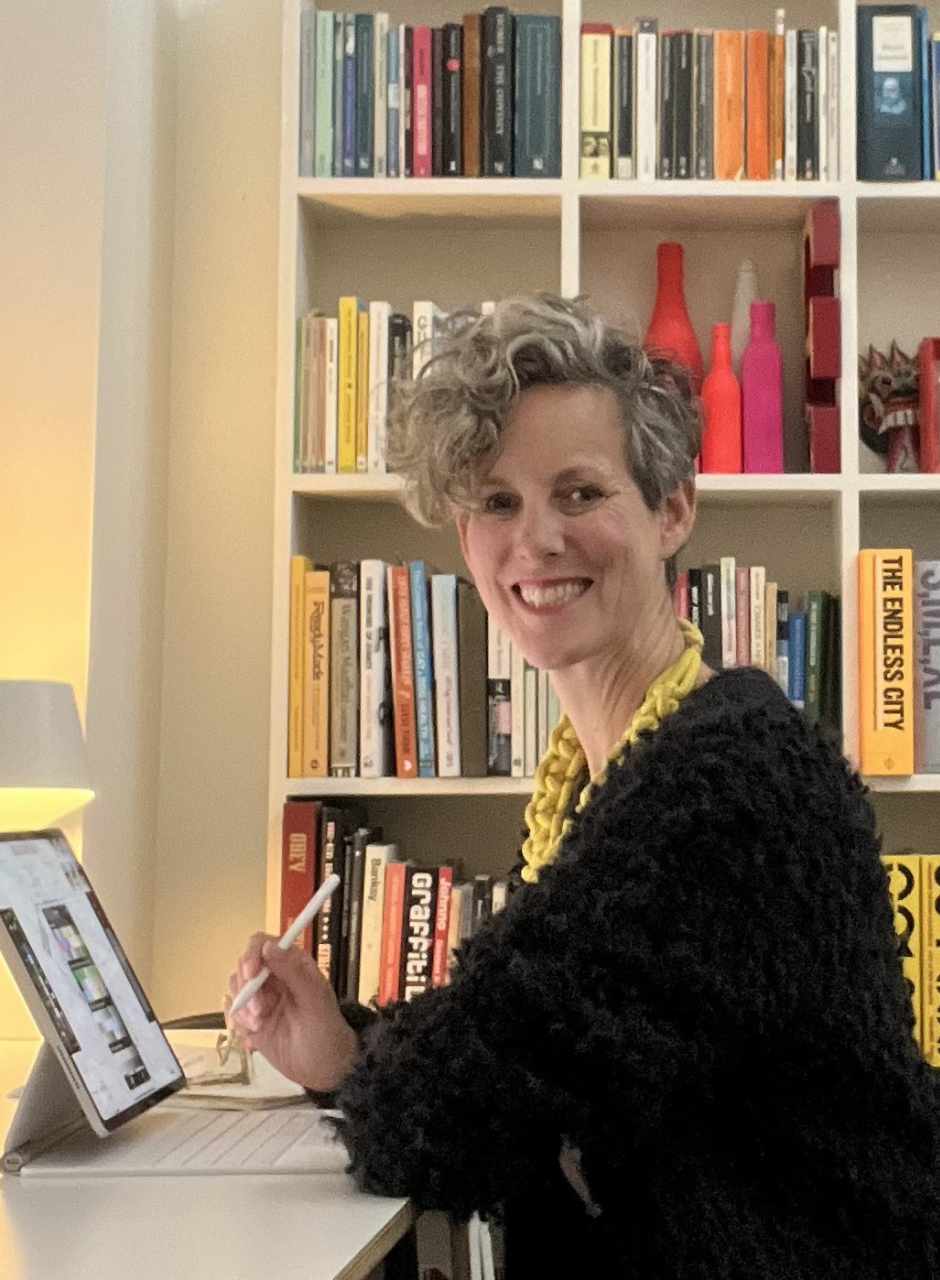
Photograph courtesy of Angela Dapper.
Oceania
Australia
Melbourne
Angela is a design leader passionate about social, community, and public projects. With global experience, she brings expertise in space and architecture, simplifying design to create beautiful, impactful solutions. Angela’s commitment to diversity and inclusion, combined with her compassion and authenticity, ensures each project uplifts, inspires, and gives back to the communities it serves.
She is the founder of the newly formed practice Dapper+Best Architecture in Melbourne, a female-owned social enterprise focused on uplifting communities.
Previously Angela was a Principal in the Architectus Melbourne studio- providing leadership to their residential teams - looking after people and design. She was also the residential National Sector Design Lead - ensuring design thinking and placemaking principles were incorporated throughout their design work.
Moving to Melbourne, Australia from London, UK in 2023, where Angela was a Principal in the London office of Grimshaw Architects, leading Hotel and Commercial strategy and projects - combining placemaking, transportation connections, health and wellbeing, and sustainability to create aspirational and transformative spaces. Angela won the 2020 Women in Construction and Engineering (WICE) award for Best Woman in Architecture whilst at Grimshaw for her work on Heathrow and for her work supporting gender equity and diversity at Grimshaw and in the industry.
Prior to Grimshaw, Angela was a Partner at Denton Corker Marshall (DCM) Architects in London, leading commercial, hotel, and resort projects. Notably, she led the widely lauded Stonehenge Visitor Centre for DCM from design to completion.
In addition to her architectural work, Angela is a keen advocate for diversity. In London, she was Grimshaw's Chair for their Umbrella Diversity Group, leading diversity initiatives across their studio; a RIBA London Councilor and an advisor to the RIBA Architects for Change; she was a Mayor of London’s MDA (Mayor's Design Advocate) advising on inclusion and a design reviewer on the London Design Panel for key London projects; an NLA (New London Architecture) expert panel member for retail and hospitality; a RIBA Part 3 examiner at London Metropolitan University (the Cass) and the Bartlett schools of Architecture; and an occasional lecturer, mentor, and public speaker.
The Trends
Rising Cost Of Construction
Redundancies
Shortage Of Housing
I moved to Australia last year and for the past 18 months have seen the trending topic of discussion in architecture being the exponential rising cost of construction, post COVID-19. This is mainly due to the shortage of materials and their high costs, coupled with expensive labour.
As a result, clients either seem to push forward to complete the project before the costs rise again, or they hold back projects, with most seeming to do the latter. When clients hesitate to make decisions, it creates uncertainty for others in the industry, and for architects, this often leads to redundancies.
Culturally in Australia, the perception of architects and architecture differs slightly in comparison to the UK and Europe. On the one hand, the profession seems more accessible here; many more people build their own homes and have access to architects, and the quality of architecture and construction is at a higher standard. On the other hand, the clients take a stronger lead on the project, listening less to their architect's specialist input, which in turn reduces collaboration and innovation. When architects are on board, there is often scepticism around their level of input, leading to their exclusion from key parts of the design process by the client.
When architects are on board, there is often scepticism around their level of input, leading to their exclusion from key parts of the design process by the client.
When the design process is strongly client-led in this manner, it can be challenging to have open discussions about improving the design and addressing other key issues such as sustainability. Unfortunately, many conversations are shut down before they start and it becomes quite difficult to promote innovation, research, and other important aspects of the design when there is no open dialogue with the client.
The shortage of housing in Australia is a notable issue. There is a lack of social and affordable housing to accommodate the growing population, and also in terms of housing for the ageing population who require care and retirement facilities. The ageing population tends to hold onto larger family-size properties for longer periods, delaying the availability of these properties in the market. Additionally, the increasing property values make these homes unaffordable, further exacerbating the issue. Consequently, younger generations are moving out of the city, leading to a constant shift in neighbourhoods.
If we look into how much housing is needed in comparison to what Australia is currently producing, there is a significant shortfall. The shortage of architects is one issue, but the bigger problem is the insufficient funding from clients to support all these projects.
The shortage of architects is one issue, but the bigger problem is the insufficient funding from clients to support all these projects.
When projects do move forward, the complex and troublesome planning system causes further delays. Projects take a considerable amount of time to get approval, and the option for individuals to challenge planning applications on multiple grounds (unlike in the UK where they can only challenge on one) can stall projects even longer. This makes it hard for architects and architectural firms to predict their workload. Despite having many potential projects, one of the challenges lies in getting them through the planning permission process.
I feel that this problem is faced everywhere, but each country has slightly different nuances to this planning issue.
The frustrating aspect of redundancies is that companies often lay off the senior and more expensive architects despite knowing that they are needed to drive innovation. It is important for firms to have a variety of experience levels amongst their staff rather than only holding on to inexperienced, recently graduated architects.
This mix is essential for changing the dialogue. Instead of scaling back, now is the time to seize the opportunity to get smarter and more innovative, and to produce high-quality work.
We started dapper+best with the belief that new businesses and architectural practices thrive during a recession. Clients are always seeking smarter alternatives, simplicity, or solutions to their problems, and a smaller practice can be more agile in achieving these solutions.
For instance, the high cost of construction materials poses a significant challenge in Australia. This situation prompts us to assess our current knowledge and explore alternative methods of sourcing these materials or looking at alternative construction methods. While they are readily available in Europe, their availability in Australia is limited. How can we address this issue, incorporate these practices, and overcome these challenges?
New architectural firms often thrive during a recession because they do not follow the old models of practice. They are able to be quick and flexible, adjusting to new circumstances.

Angela Dapper and Lucy Best are the founders of Dapper + Best architecture studio in Melbourne. Photograph courtesy of Dapper + Best.
During challenging times like recessions, nobody wants to deal with layoffs and economic slowdowns. However, these difficulties can sometimes push us to focus on other important issues, such as sustainability, diversity and inclusion, and finding better ways to operate. It is not all negative – out of difficult times we often push for better outcomes. I always see a silver lining in situations like this. Often, it is the larger businesses that are affected, and they are like a slow-moving ship and therefore slow to pivot to new solutions. On the other hand, smaller to medium-sized practices can be more agile, which I think is a very positive quality.
New architectural firms often thrive during a recession because they do not follow the old models of practice.
Working Internationally
Sharing Expertise Globally
When I worked as an architect in the UK, my firm was interested in working on projects in Sweden. However, we faced resistance from the Swedish clients. They often were concerned about what we would bring to the project and whether our involvement would be culturally appropriate (or affordable).
Similarly in Australia, there is an interest to work with professionals who have experience specifically in Australia. There can be a lack of trust from clients when there is a cultural and architectural mismatch.
Some international firms, like Grimshaw Architects, have an open-minded attitude towards addressing problems in other countries by focusing on the expertise they bring rather than imposing a specific architectural style so that they can manage the balance between global and local contexts.
It is important to think about how we can access knowledge, share skills, and most importantly, the openness to accept external help.
Different professionals solve problems from varied perspectives, and therefore sharing expertise globally is very important. It may not be through delivering the projects entirely but through design inputs or guidance through the early stages of projects. For instance, Scandinavian designers are often considered experts in healthcare design. We have created the perception that they prioritise wellness and approach their designs thoughtfully. While this may be a generalised view, there is value in considering what we can learn from each other and how we can share that expertise.
It is important to think about how we can access knowledge, share skills, and most importantly, the openness to accept external help. It is about trust in the process.
For example, Renzo Piano has always collaborated with a local architect to execute his work. However, his firm has a strong overview of the project to make sure that the local team understands their expectations for the design and quality. Local teams are essential to bring the cultural and social perspectives needed to ground the designs, as well as an understanding of local legal and statutory frameworks.
New Models Of Practice
The Rise Of the Government Architects
When discussing the transfer of skills internationally, a crucial aspect is how we communicate about architecture, and how we articulate design concepts to others. This is a fundamental goal of our new practice: to convey the potential of architecture, which is truly powerful, and to effectively communicate and share this idea, which is quite challenging.
We want to achieve this by focusing on the right projects.
A recent development in Australia is the recognition of the need to bring expertise back into government departments to drive change; a central force. The industry is getting organised to ensure sustainability, research into modular construction, and other important initiatives are managed by government departments. This is necessary because relying solely on the private market does not ensure that these social and environmental changes happen as needed. Bringing expertise back into the government is an interesting approach to addressing these issues.
Relying solely on the private market does not ensure that the changes happen as needed. Bringing expertise back into the government is an interesting approach to addressing these issues.
Our newly formed practice aims to become a social enterprise where our profits are woven back into the community. This means our projects can fund projects that can support the communities we live and work in, giving the people who need it most, access to quality architecture. We are not looking to profit from our work - we want to focus on more meaningful projects in a more authentic way. The way we practice architecture must also be part of the change in the way we work.
September 2024
Interview by International Architects Sweden.
Read More
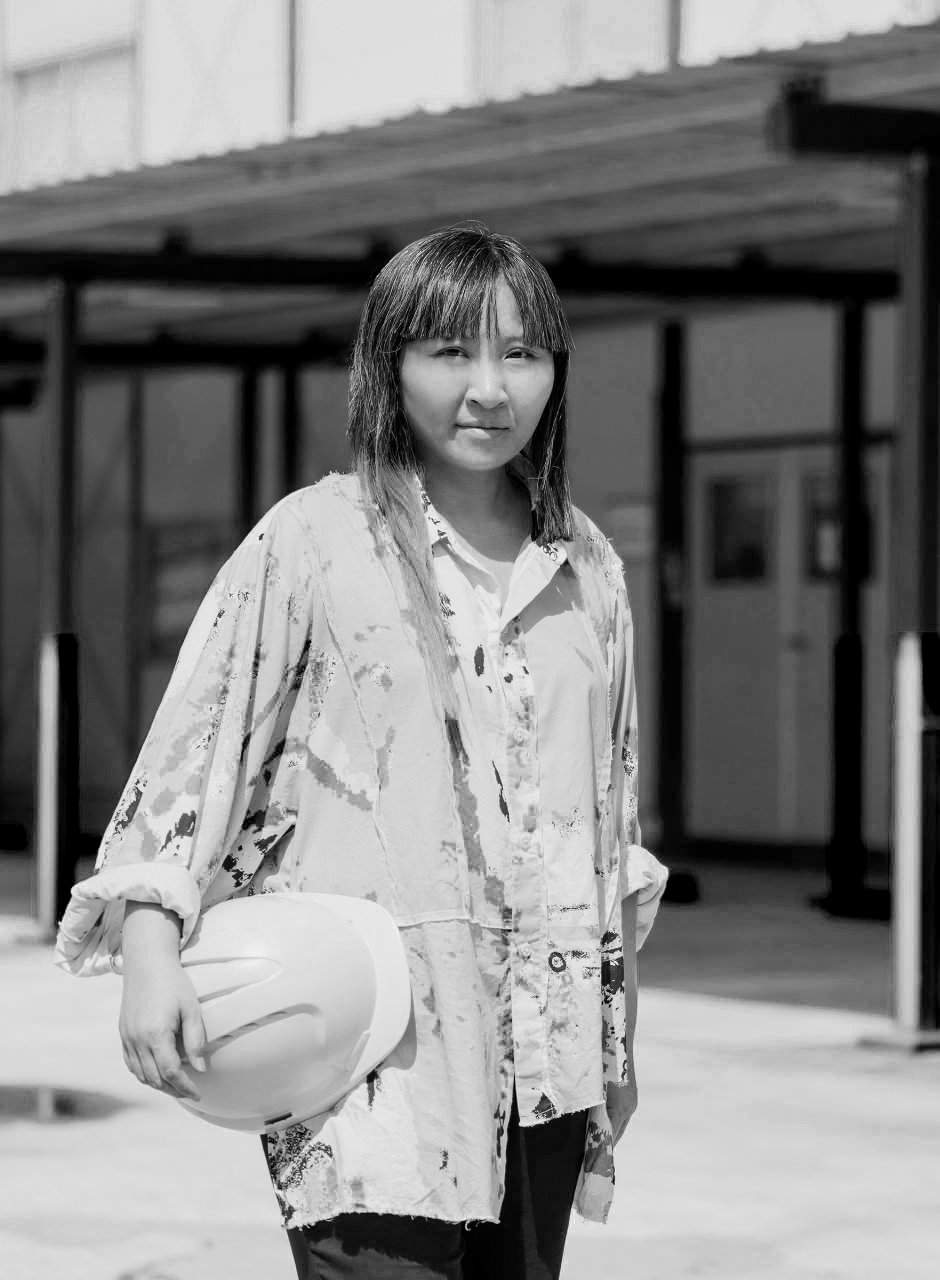
Vivien Leong || SingaporeGlobal Dialogues
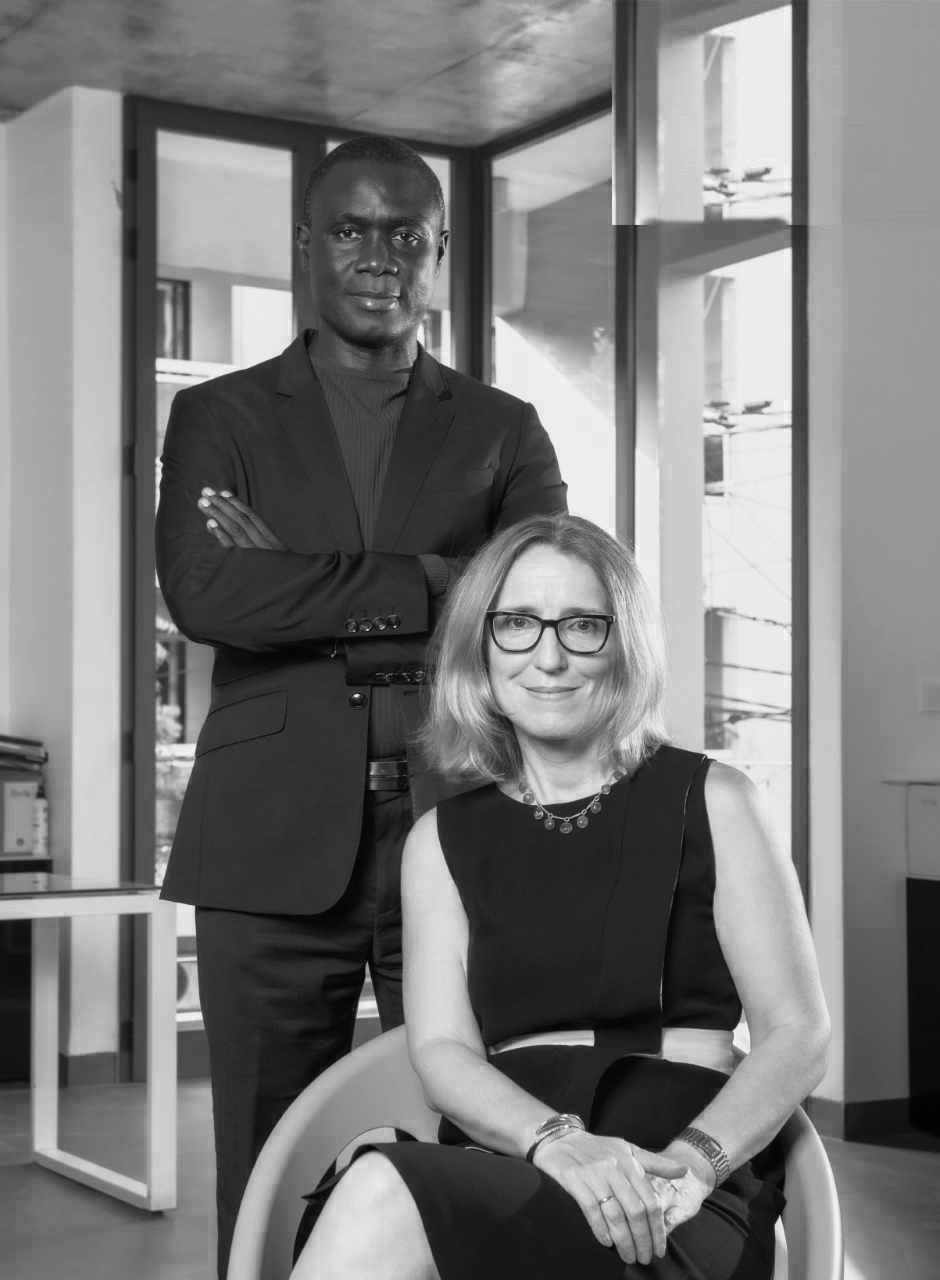
SENE STUDIO|| SenegalInterview
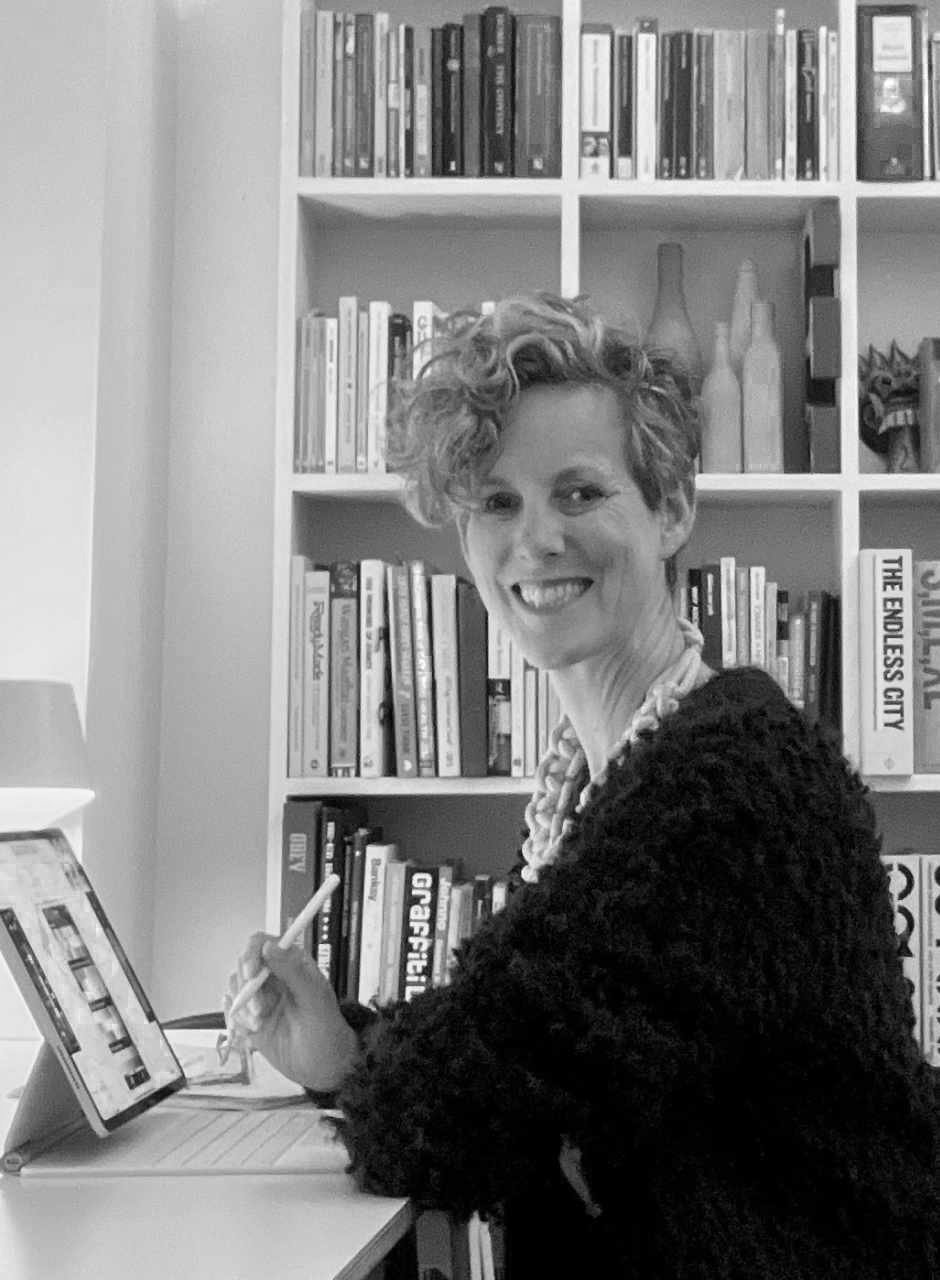
Angela Dapper|| AustraliaGlobal Dialogues
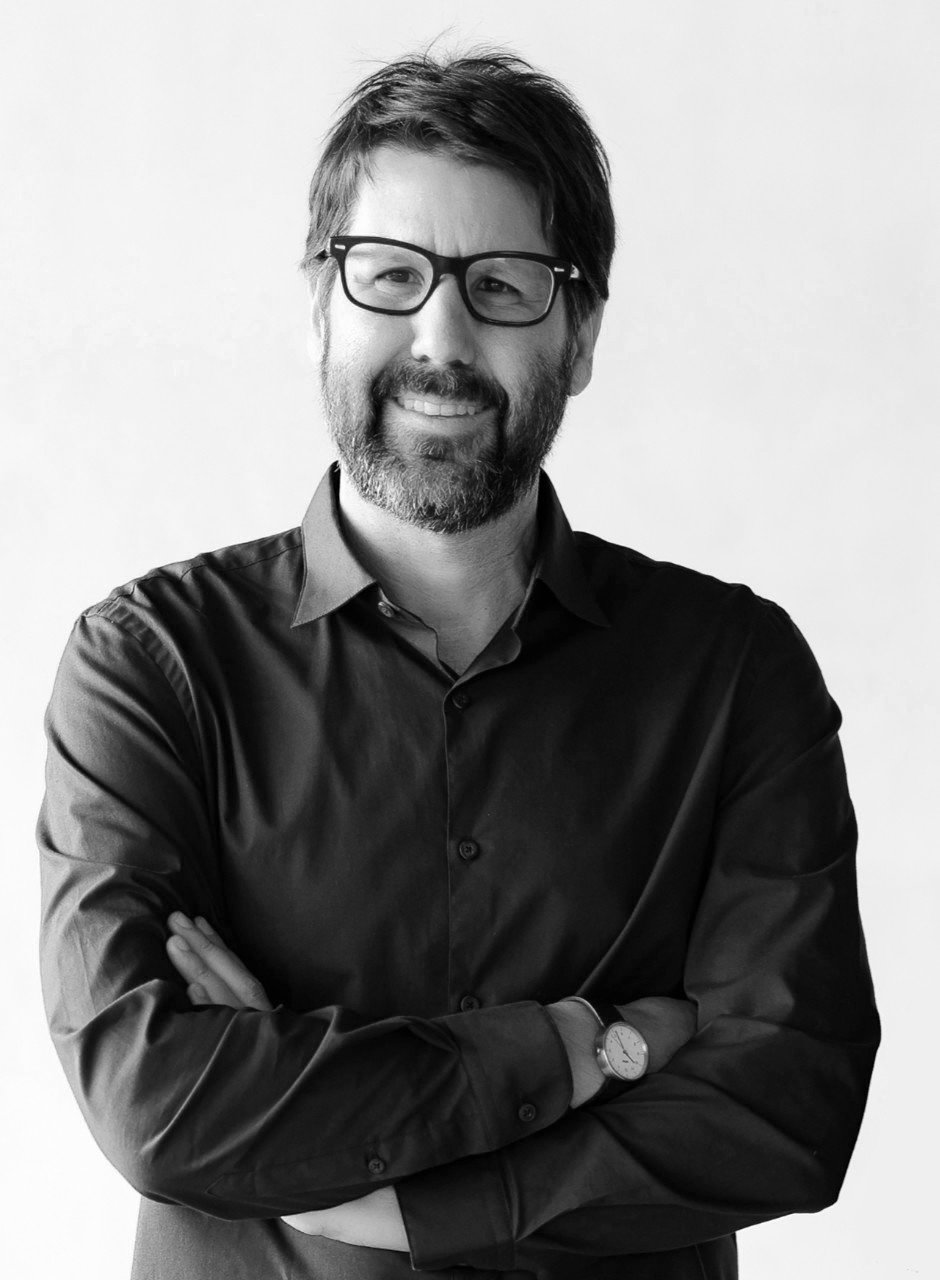
Bruno Campos|| BrazilGlobal Dialogues

Habibeh Madjdabadi || IranGlobal Dialogues
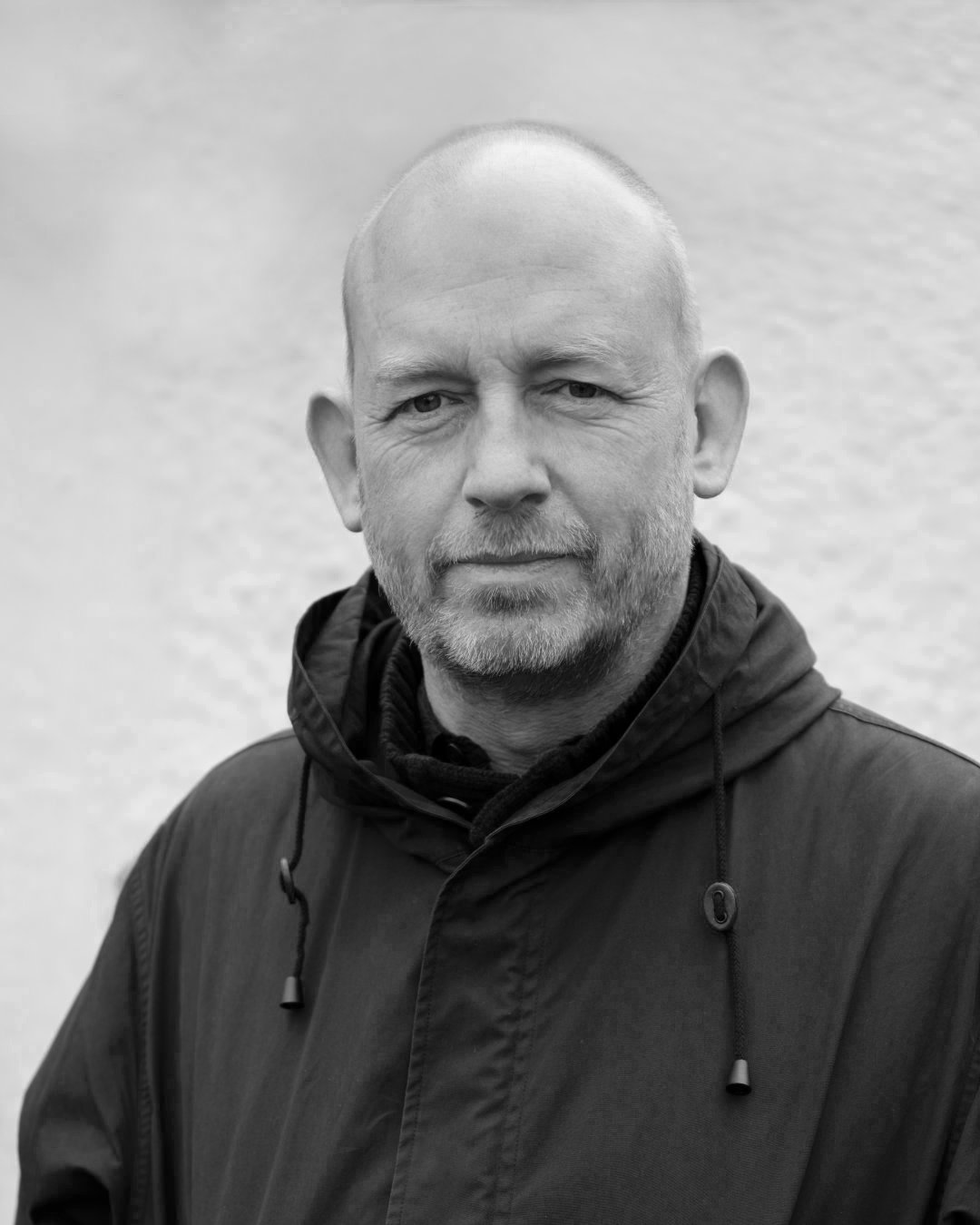
Jake Ford|| SwedenGlobal Dialogues

Pascale Sablan|| USAGlobal Dialogues
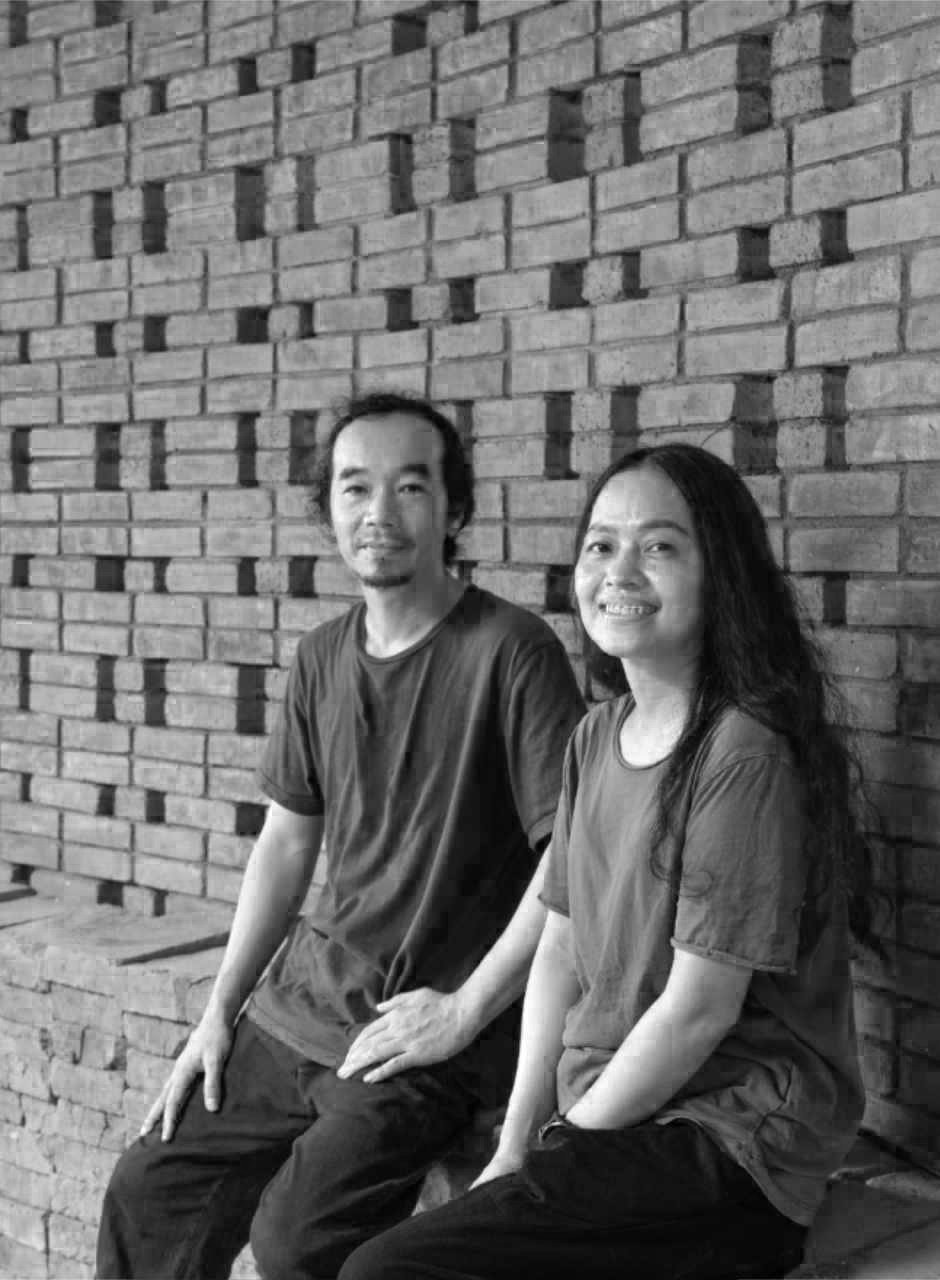
Tropical Space|| VietnamGlobal Dialogues
